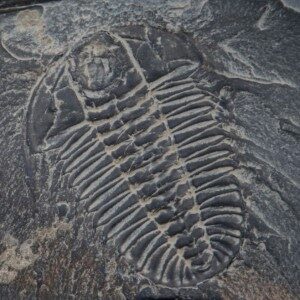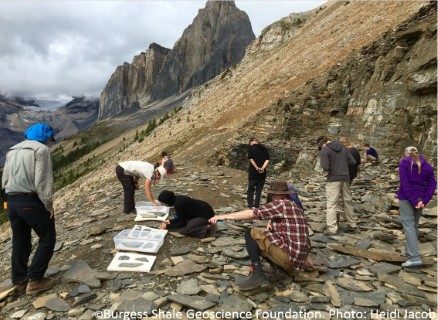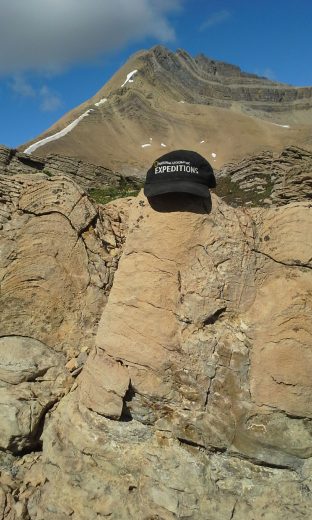Burgess Shale Hikes
Expert Guides
Famed Fossils
World Class Scenery
28 years of Service
Burgess Shale Hikes
We guide Burgess Shale hikes. The two sites that we guide to are the Walcott Quarry and the Mount Stephen Trilobite Beds. If you are looking for detailed information about the differences between the two sites please consult our FAQs page. Additionally, we guide hikes to the Helen Lake Stromatolites.

Mount Stephen Trilobite Beds
If you are new to the Burgess Shale and wish to see abundant and obvious Cambrian fossils, this is the hike to do. The site is strewn with rock slabs containing appendages of the Cambrian predator Anomalocaris canadensis; trilobites Ogygopsis klotzi, Olenoides serratus, and Elrathina cordillerae; as well as brachiopods and sponges.
Walcott Quarry (The Burgess Shale)
The Burgess Shale was first discovered in 1909 by Charles Doolittle Walcott. Recent interpretation of these exquisitely preserved 508 million year old fossils has influenced the scientific view of the evolution of life on Earth. Visit this UNESCO World Heritage site and learn about our three themes: History of Life, Mountain Building and Glaciation, and Climate Change in the Canadian Rockies.


Helen Lake Stromatolites
While this is not a Burgess Shale site, it is still a very impressive Cambrian fossil site in its own right, due to exceptional preservation. Stromatolites are relatively common in the fossil record, but rarely are they as well preserved as they are here. To see higher resolution images of the fossil site, visit the American Geophysical Union blog article.
Stromatolites are evidence of the photosynthetic microbes that were largely responsible for oxygenating the ocean and atmosphere of Earth. Stromatolites form in the ocean and consist of layers of photosynthetic cyanobacteria (and other microbes living together in a colony) and sediment (sand, mud, silt). They are still actively forming in locations like Shark Bay Western Australia.
This hike has spectacular views of alpine glaciers due to its high elevation on the Icefields Parkway.
